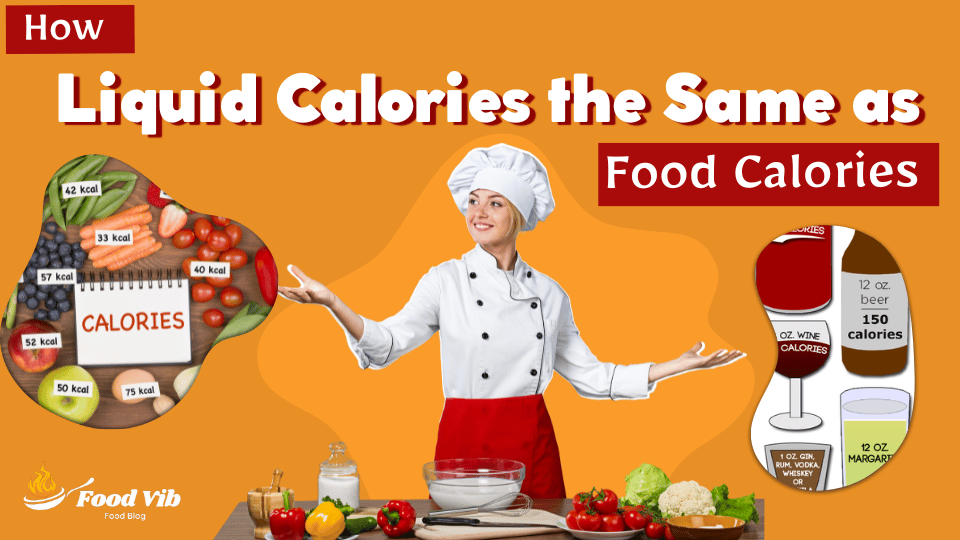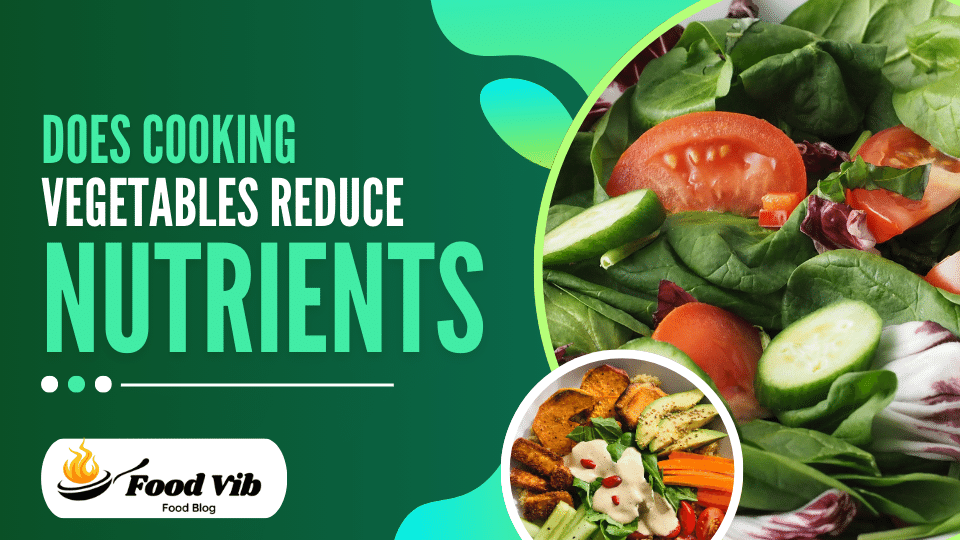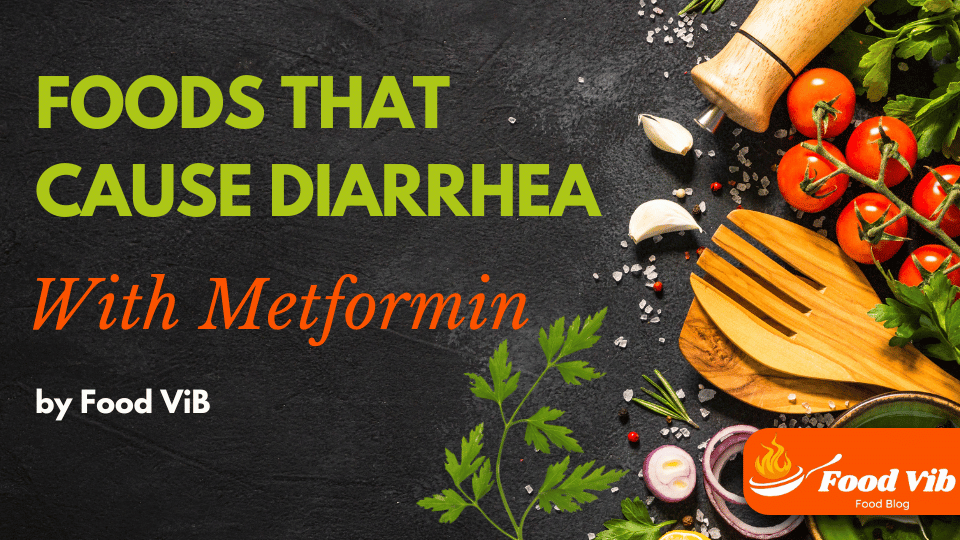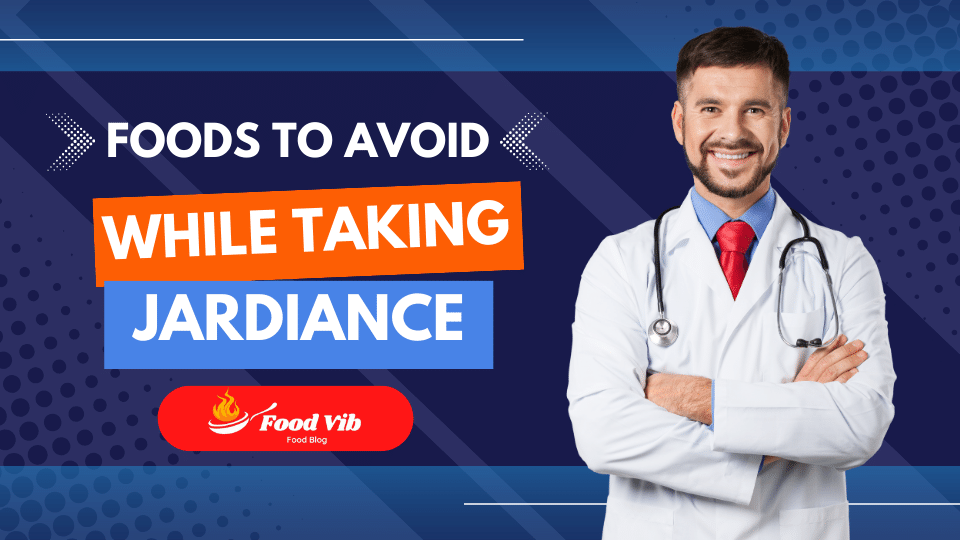How are Liquid Calories the Same as Food Calories

While liquid calories and calories from solid meals both contribute to our total energy intake, they vary in how they impact appetite, satiety, and nutritional value. Despite being in liquid form, drinks that contain calories nonetheless offer energy just like solid meals. However, their influence on appetite management and nutritional absorption might differ.
Understanding the similarities and differences between liquid calories and food calories is vital for making educated dietary decisions and maintaining a balanced consumption. Let’s study how liquid calories are comparable to food calories and the ramifications for our health and nutrition.

How are Liquid Calories the Same as Food Calories
Calorie control and nutrition are broad topics, and calories often take center stage. There is a sub-debate within this field, though: Are liquid calories the same as food calories?
A calorie from an apple and a calorie from a glass of soda has the same amount of pure energy (4.184 Joules), but they might have quite different effects on your body and your dietary objectives. Let’s explore the parallels and discrepancies between liquid and food calories in more detail so that we can properly comprehend this complex subject.
Resemblances
- Unit of energy: Fundamentally, the unit of energy that is used to quantify how much energy your body may get from food and drinks is the same for both liquid and food calories. So, your body gets the same amount of potential energy whether you get 100 calories from a protein bar or a sugary drink.
- Metabolism: All calories, no matter where they come from, go through the same fundamental metabolic pathways in the body. They are metabolized, absorbed, and put to use for many purposes, including regulating body temperature, supplying energy for physical activity, and assisting with organ function.
Differences
- Hunger and satiety hormones: Things start to become intriguing at this point. Solid meal causes the production of satiety hormones, such as leptin, which decrease appetite and indicate fullness. However, liquid calories could not cause these hormones to be released to the same degree, which might result in overindulging without feeling full. Over time, this may lead to an increase in caloric consumption and weight gain.
- Composition of nutrients: Beyond calories, solid meal usually provides a greater variety of nutrients, such as fiber, protein, vitamins, and minerals. If ingested in excess, liquid calories—especially those found in sugary drinks—may be deficient in these vital elements and cause nutritional deficiencies.
- Integrative handling: Compared to liquids, solid food takes longer to digest and absorb, which causes blood sugar levels to increase more gradually and gives you a longer-lasting sense of fullness. Conversely, liquid calories are rapidly absorbed, which may cause blood sugar to surge and perhaps trigger cravings and energy slumps.
- Control of position: Compared to solid food, portion sizes are frequently simpler to calculate while consuming liquid calories, making overconsumption of them easier. A big sugary drink, for instance, might easily have hundreds of calories in it—much more than you would normally find in a plate of solid food.
Further Things to Think About
- Liquid type: Sugar-filled beverages, such as fruit juices and sodas, are heavy in empty calories and barely meet dietary requirements. On the other hand, protein, fruit, and vegetable smoothies may provide a variety of nutrients along with certain advantages related to satiety.
- Individual response: Some individuals could be more susceptible than others to the satiety effects of liquid calories.
- Overall diet: Your complete eating pattern determines how liquid calories affect you. A balanced diet high in solid meals may not be much affected by the occasional use of liquid calories. On the other hand, depending too much on liquid calories might worsen dietary deficits if your diet already lacks important nutrients.
Even though a calorie is a calorie at its core, context, and source are very important. Making educated decisions about your calorie intake requires an understanding of the main distinctions between liquid and food calories as well as taking into account your unique demands and dietary objectives. Whenever feasible, choose solid meal selections; pay attention to liquid calorie portions; and make nutrient-rich drinks your top priority to help you maintain overall health and efficiently control your weight.
The Impact of Liquid Calories on Food Calories
Researchers and medical experts have been engrossed in the controversy surrounding the effect of liquid calories on meal calories for many decades. A calorie is a calorie no matter where it comes from, but there’s more to the story of how our systems react to and assimilate calories from liquid meals than from solid ones. This article explores the intricacies of this connection by looking at possible variations in food intake and satiety as well as how they affect overall health and weight control.
Regulation of Appetite and Satiety
Whether liquid calories are less satisfying than those from solid meals is one of the main points of disagreement. According to the notion, liquids flow through the digestive system more quickly, which may cause satiety signals to be weaker and encourage us to eat more calories overall.
Research results are contradictory, nevertheless. While some studies indicate no discernible change in fullness when compared to solid meals, others claim lower satiety while consuming liquids. Additional complicating factors include individual reactions, sugar level, and viscosity of the liquid.
Constitution and Effects of Nutrients
In addition to calories, solid meals naturally provide more nutrients, such as fiber, protein, and important vitamins and minerals. Conversely, sugar-filled beverages and other high-calorie drinks often lack these essential components. As a result, consuming a lot of liquid calories may lead to vitamin shortages while still surpassing daily calorie requirements, which is bad for your health in general.
Health Consequences of Weight Management
Increased consumption of sugar-filled beverages and other liquid calories has been related in many studies to a greater risk of weight gain and obesity. This correlation may result from elements such as:
- Increased total calorie intake: As previously indicated, liquid calories could not set off the right satiety signals, which might increase daily calorie intake.
- Lower nutritional intake: Swapping calorie-dense drinks for nutrient-rich solid meals might limit your intake of important vitamins and minerals, which may affect metabolism and energy balance.
- Specific ingredients: Sugar-filled beverages, for example, have been connected to elevated levels of inflammation and insulin resistance, which exacerbates the risk of weight gain and chronic illness.
Beyond Gaining Weight
Beyond weight control, excess liquid calories, especially from sugary beverages, are linked to several health issues:
- Increased risk of type 2 diabetes: Consuming a lot of sugar-filled drinks, such as soda, may lead to insulin resistance and poor blood sugar regulation.
- Cardiovascular disease: High blood pressure and abnormal cholesterol levels are two risk factors for heart disease that are associated with sugary drinks and calorie-dense beverages.
- Dental health: Regular intake of sugar-filled beverages may greatly raise the risk of tooth decay and cavities.
Restraint and thoughtful decisions
The study does not advocate for doing away with all liquid calories. A healthy diet may include unsweetened tea, water, low-sugar or unflavored milk, and, in moderation, coffee. Moderation and thoughtful decision-making are crucial:
- Make water a priority: This calorie-free, hydration-supporting beverage is vital for many body processes. * Reduce sugary drinks: Instead of soda, juice, and sugary energy drinks, choose water, unsweetened tea, or black coffee.
- Take note of serving sizes: If ingested in excess, even healthful drinks like milk or smoothies may increase caloric consumption.
- choose nutrient-dense options: Choose milk instead of sugary coffee creamer, and give genuine fruit and vegetable smoothies priority over syrups. * Read labels: Keep an eye out for hidden sugars and choose drinks with the least amount of added sugar.
Liquid calories’ effect on food calories is a complicated matter with many influencing factors. The research that is now available emphasizes the possible drawbacks of consuming too many liquid calories, especially from sugary beverages, even if conclusive results are still elusive. It is possible to manage this complicated connection and make wise decisions for a healthy lifestyle by emphasizing water, selecting nutrient-rich foods, and exercising moderately.
Must Read: The Best Fast Food Places to Serve Lunch All Day
10 Reasons Why Liquid Calories are Not the Same as Food Calories
Calories from food and liquids have different effects on our bodies even though they both include energy in the form of calories. These are the main ten reasons why:
1. Regulating Appetite and Satiety
- Static food: Chewing stimulates the digestive tract, which in turn sends messages to the brain that cause the release of satiety hormones such as cholecystokinin (CCK) and leptin. These hormones increase sensations of fullness and decrease hunger. In addition to taking longer to digest, a solid meal also helps maintain fullness.
- Liquid calories: Since liquids don’t need chewing, their satiety signals aren’t as strong. They often cause the stomach to empty more quickly, which makes you feel hungry earlier and may lead to you eating more calories overall.
2. Content of Nutrients
- Solid food: Offers more vital nutrients, such as fiber, protein, vitamins, and minerals, in greater quantities. These nutrients do more for the body than merely provide energy; they are essential for many other processes.
- Liquid calories: Frequently deficient in essential nutrients, particularly protein and fiber. Sugar-filled beverages, for instance, provide empty calories that lack vital elements. Deficits may result from this, impeding good health.
3. Effect on Blood Sugar
- Solid food: Generally speaking, it has a lower glycemic index (GI), which means that blood sugar levels increase more slowly and gradually. This lessens the chance of blood sugar spikes and crashes and encourages consistent energy levels.
- Liquid calories: Frequently have a high GI, especially in sugar-filled beverages. These spike blood sugar levels quickly, which may increase the risk of type 2 diabetes and insulin resistance as well as cause energy dips.
4. Thirst and Hydration
- Solid food: Assists in maintaining a balanced diet by adding to total fluid consumption. But unlike water, it doesn’t immediately slake thirst.
- Liquid calories: Because of their sugar and other solutes, they are ineffective in quenching thirst. Sugar-filled beverages may increase calorie intake and cause thirst.
5. Mindful Eating and Portion Control
- Solid food: Better for attentive eating and easier to visually assess portion sizes, meaning more control over caloric intake.
- Calories in liquid: Faster and less deliberate consumption might result in overconsumption. Large portion sizes and regular use of sugary beverages may quickly accumulate without you noticing.
6. Dental Health
- Static food: Chewing promotes salivation, which improves digestion and protects against dental decay. Foods high in fiber may also aid in removing plaque.
- Calories in liquid: Acidic sugary beverages in particular may erode tooth enamel and cause cavities. Regular drinking raises the risk of decay by exposing teeth to sugar for longer periods.
7. Health of Bones
- Solid food: A variety of foods high in calcium, such as dairy, almonds, and leafy greens, help maintain healthy bones.
- Liquid calories: often deficient in minerals that strengthen bones, such as calcium. Sugar-filled beverages can extract calcium from bones, which might erode them.
8. Digestive Health
- Solid food: By providing nourishment for good gut bacteria, foods high in fiber support a healthy gut microbiota.
- Calories in liquid: Sugar-filled drinks and processed drinks have the potential to upset the balance of gut flora, which might result in inflammation and digestive problems.
9. Managing Your Weight
- Liquid calories: This may easily lead to excess calorie intake without the associated fullness, impeding weight management goals.
- Solid food: Filling and encourages satiety, aiding in weight control efforts.
10. Dietary Pattern Overall
- Solid food: Provides diversity and the inclusion of vital elements as the cornerstone of a diet that is balanced.
- Liquid calories: These should not be considered dietary mainstays, but rather as sporadic additions. Solid meals high in nutrients might be excluded from the diet if liquid calories are overindulged in.
Conclusion
This is not meant to disparage all calories from liquids. A nutritious diet might include milk, fruit and vegetable smoothies, and unsweetened teas. When eating them, it’s important to pay attention to portion sizes, sugar levels, and overall nutritional balance.
Must Read: 5 Foods That Can Be Grilled
FAQ (Frequently Asked Question)
what are liquid calorie examples?
From sugary beverages like soda, juice, and sports drinks to creamy indulgences like milkshakes, lattes, and alcoholic drinks, many drinks include liquid calories. Depending on the ingredients, even foods that look healthy, such as smoothies or soups, might be high in calories. Remember broths and bouillons they may appear little, but if used excessively, they may add up. To increase fullness, it's important to watch portion sizes and choose nutrient-dense drinks like protein and fiber.
how liquid calorie weight loss?
You may use liquid calories to aid in weight reduction, but you must be aware of their subtleties. If you find them filling, they might provide benefits like convenience or better portion control with pre-measured shakes. Liquids, however, may not satisfy as well, which might result in overindulgence. Drinks with a lot of sugar should be avoided because of their detrimental impact on health. Pay attention to portion sizes, nutrient-dense liquid alternatives (such as protein and fiber-rich, low-sugar smoothies), and sustaining a calorie deficit overall via exercise and nutrition. Always keep in mind that balance and moderation are important, and speaking with a certified dietitian may help you tailor your strategy.
How are liquid calories good for bulking?
You may use liquid calories to aid in weight reduction, but you must be aware of their subtleties. If you find them filling, they might provide benefits like convenience or better portion control with pre-measured shakes. Liquids, however, may not satisfy as well, which might result in overindulgence. Drinks with a lot of sugar should be avoided because of their detrimental impact on health. Pay attention to portion sizes, nutrient-dense liquid alternatives (such as protein and fiber-rich, low-sugar smoothies), and sustaining a calorie deficit overall via exercise and nutrition. Always keep in mind that balance and moderation are important, and speaking with a certified dietitian may help you tailor your strategy.
Do liquid calories count the same as food calories?
Yes, liquid calories count the same as food calories for energy purposes. Regardless matter whether it comes from a glass of juice or a piece of cake, a calorie is a unit of energy. But there might be differences in the way your body interprets and reacts to them:
Satiety: Generally speaking, liquid calories don't elicit the same feelings of fullness as solid meals, which might result in overindulgence.
Consumption: According to some research, liquids may be absorbed a little bit quicker and have a distinct effect on blood sugar levels.
In the end, it's important to think about total calorie intake rather than simply source while managing weight. For long-term success, steer clear of sugary beverages, choose nutrient-rich liquids whenever you can, and concentrate on a balanced diet and appropriate exercise level.
Do liquid calories count for weight gain?
Yes, just as with solid calories, liquid calories also contribute to weight growth. Whatever the source of energy, a calorie is an energy unit. Even if the calories originate from liquids, you will gain weight if your caloric intake exceeds your burning rate.
But liquid calories might be more difficult to control when it comes to weight for two reasons:
Reduced Satiety: Since liquids often don't make you feel as full as solid meals do, you may find yourself taking more calories overall without even noticing it.
Hidden Calories: It's easy to overlook liquid calories, particularly in smoothies, creamy drinks, and sugary drinks. It's simple to undervalue their role in your everyday consumption.
Thus, although a single sugar-filled drink won't immediately cause you to gain weight, ingesting liquid calories regularly without changing your consumption of solid food or amount of exercise will eventually lead to weight gain. To maintain your weight healthily, be aware of the total number of calories you consume and choose for nutrient-rich beverages whenever you can.
do liquid calories count the same as solid
Indeed, they do! When it comes to controlling one's weight, **a calorie is a calorie, liquid or solid**. Here's the catch, though:
Satiety: You may consume more calories overall without realizing it since liquids often don't fill you full as much as solids do.
Hidden calories: Smoothies, creamy drinks, and sugary drinks may have a surprisingly high-calorie content. Consider portion proportions and be sure to read labels.
Therefore, be conscious of how liquids could affect your hunger signals and overall calorie intake, even if both kinds of calories count the same.
Is milk a liquid calorie?
Milk is a Liquid calorie source because, yes, it contains calories. About 150 calories may be found in one cup (240 ml) of whole milk, mostly from fat and carbs. Although it does include key minerals like calcium, vitamin D, and protein, you should be aware of how many calories it contains, particularly if you're managing your consumption.
But unlike many sugar-filled beverages, milk provides important elements that support general health and satiety. You may still get the nutritional advantages of milk while controlling your calorie intake by choosing lower-fat variants like skim or 1%.
What is The Truth about Liquid Calories - Total Wellness & Bariatrics?
Total Wellness & Bariatrics' article "The Truth about Liquid Calories" highlights how liquid calories frequently go neglected, adding to weight control struggles. Though calories are calories regardless of form, the important thing to remember is this:
1. Satiety: Compared to solid meals, liquids often provide weaker fullness signals, which may cause overconsumption and an excess of calories.
2. Hidden calories: Sugar-filled beverages and purportedly nutritious drinks may be calorie bombs with low nutritional content Consider portion proportions and be sure to read labels.
The study suggests monitoring liquid calories, avoiding sugar-filled beverages, and selecting nutrient-dense choices like fiber- and protein-rich smoothies or unsweetened beverages. Recall that the secret to good weight control is a balanced strategy that takes into account both the quantity and quality of calories as well as physical activity.
what is high liquid calories?
Beverages containing a substantial quantity of calories relative to their volume are referred to as high-liquid calories. Drinks with 100 calories or more per serving may often be classified as high in liquid calories, particularly if they don't have a lot of nutritious content.
Here are a few instances:
Sugary drinks: High levels of added sugar and empty calories may be found in soda, juice, sports drinks, energy drinks, and sweetened coffee beverages.
Creamy concoctions: Full-fat milkshakes, lattes with extra syrups, blended coffee drinks with whipped cream—all of these include a lot of fat and sugar and thus calories. Unbalanced smoothies: Smoothies with additional sweets, high-calorie fruits, and full-fat yogurt may become calorie bombs, even though they can still be healthful.
Keep in mind that, when ingested in excessive amounts, even foods that look healthy, such as broths, bouillons, and alcoholic drinks, may have a substantial impact. For a healthy liquid calorie consumption, it's important to pay attention to portion sizes, read labels, and give priority to nutrient-rich options.





